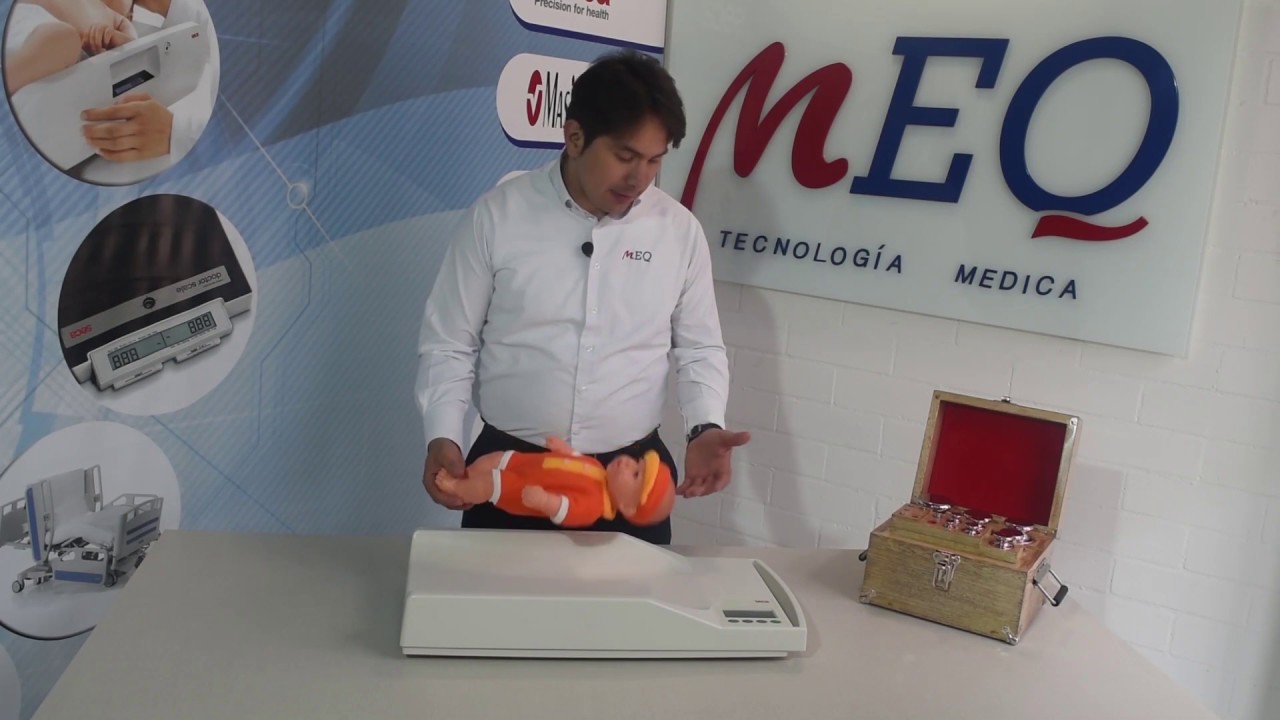Understanding MEQ: A Comprehensive Guide
In the world of healthcare, terminology can sometimes be confusing, especially when it comes to measurements. One such term is “MEQ,” which stands for milliequivalent. Understanding what MEQ means, its significance, and its applications can greatly enhance our grasp of various medical contexts. This article will delve into the definition of MEQ, its importance in healthcare, how it is calculated, and its specific applications in different fields.
What Does MEQ Mean?
Definition of MEQ
The term MEQ (milliequivalent) is a unit of measure used in chemistry and medicine to express the amount of a substance based on its chemical activity or its ionic charge. In simpler terms, a milliequivalent is a way to measure the concentration of ions in a solution, particularly electrolytes.
To break it down further, an equivalent is the amount of a substance that will react with or supply one mole of hydrogen ions (H⁺) in a reaction. A milliequivalent is simply one-thousandth of that amount. This concept is crucial when dealing with electrolytes in the human body, such as potassium, sodium, and calcium, as it allows healthcare professionals to assess and maintain the balance of these essential ions.
Why is MEQ Important?
MEQ is important for several reasons:
- Electrolyte Balance: The human body relies on a delicate balance of electrolytes for various physiological functions, including muscle contractions, nerve function, and hydration. Measuring these ions in MEQs helps healthcare providers monitor and maintain this balance.
- Medication Dosage: Many medications are dosed in terms of their milliequivalent content. Understanding MEQs helps healthcare providers ensure patients receive the correct dosage based on their specific needs.
- Laboratory Testing: In laboratory tests, MEQ is often used to quantify the concentrations of ions in blood and urine samples. This information is critical for diagnosing and managing various health conditions.
How to Calculate MEQ
Understanding the Formula
To calculate MEQ, the following formula is commonly used:
[
\text{MEQ} = \frac{\text{mg of substance} \times \text{valence}}{\text{molecular weight}}
]
Where:
- mg of substance: The mass of the substance measured in milligrams.
- Valence: The number of electrical charges the ion carries (e.g., sodium has a valence of +1, calcium has a valence of +2).
- Molecular weight: The weight of one mole of the substance, usually expressed in grams per mole.
Example Calculation
To illustrate the calculation of MEQ, consider potassium chloride (KCl). The molecular weight of KCl is approximately 74.55 g/mol. Potassium (K) has a valence of +1.
If a patient receives 1,000 mg of potassium chloride, the calculation would be as follows:
- Convert milligrams to grams: 1,000 mg = 1 g.
- Use the formula:
[
\text{MEQ} = \frac{1 \, \text{g} \times 1}{74.55 \, \text{g/mol}} \approx 13.41 \, \text{MEQ}
]
This means the patient has received approximately 13.41 milliequivalents of potassium.
Applications of MEQ
1. Fluid and Electrolyte Management
One of the primary applications of MEQ is in fluid and electrolyte management. Healthcare professionals often monitor the levels of key electrolytes in patients, especially those in critical care or with chronic illnesses.
- Common Electrolytes Measured in MEQ:
- Sodium (Na⁺): Crucial for maintaining fluid balance and nerve function.
- Potassium (K⁺): Vital for heart and muscle function.
- Calcium (Ca²⁺): Important for bone health and muscle contractions.
- Magnesium (Mg²⁺): Plays a role in many biochemical reactions in the body.
2. Medication Administration
Medications, especially those that affect electrolyte levels, are often prescribed in terms of MEQ. For instance, potassium supplements are frequently given in milliequivalents, as precise dosing is critical for avoiding complications like hyperkalemia (high potassium levels) or hypokalemia (low potassium levels).

3. Diagnostic Testing
Laboratory tests for electrolyte levels in blood or urine often report results in milliequivalents. For example, a common test is a serum electrolyte panel, which includes sodium, potassium, chloride, and bicarbonate levels, all expressed in MEQs. These values help diagnose various conditions, such as dehydration, kidney disease, and hormonal imbalances.
4. Dietary Considerations
In nutrition, MEQ is used to assess dietary intake of electrolytes. For instance, nutritionists may analyze the milliequivalents of sodium and potassium in food items to help individuals manage their dietary needs, especially those with conditions like hypertension or heart disease.
5. Research and Clinical Trials
In research settings, MEQ is crucial for standardizing the measurements of ionic compounds in studies related to health and disease. This standardization allows researchers to compare results across different studies effectively.
MEQ in Different Contexts
1. Cardiology
In cardiology, maintaining proper potassium levels is vital for heart health. MEQ measurements guide the treatment of conditions such as atrial fibrillation and heart failure, where electrolyte imbalances can lead to serious complications.
2. Nephrology
Patients with kidney disease often require careful monitoring of their electrolyte levels. Nephrologists rely on MEQ measurements to adjust dialysis prescriptions and manage medications that affect electrolyte balance.
3. Endocrinology
In endocrinology, MEQ is significant for patients with diabetes, particularly those on insulin therapy. Insulin affects potassium levels, and understanding MEQ helps in managing potential complications like hyperkalemia.
Common Electrolyte Levels and Their Significance
1. Sodium (Na⁺)
- Normal Range: 135-145 MEQ/L
- Significance: Essential for fluid balance and nerve signaling. Low sodium levels (hyponatremia) can lead to confusion and seizures, while high levels (hypernatremia) can cause thirst and neurological issues.
2. Potassium (K⁺)
- Normal Range: 3.5-5.0 MEQ/L
- Significance: Critical for heart function and muscle contractions. Low potassium levels (hypokalemia) can cause weakness and arrhythmias, while high levels (hyperkalemia) can be life-threatening.
3. Calcium (Ca²⁺)
- Normal Range: 8.5-10.5 MEQ/L
- Significance: Important for bone health and muscle function. Low levels (hypocalcemia) can lead to muscle cramps and seizures, while high levels (hypercalcemia) can cause nausea and confusion.
4. Chloride (Cl⁻)
- Normal Range: 98-106 MEQ/L
- Significance: Helps maintain fluid balance and acid-base balance. Abnormal levels can indicate issues with kidney function or metabolic disorders.
5. Bicarbonate (HCO₃⁻)
- Normal Range: 22-28 MEQ/L
- Significance: Plays a role in maintaining the body’s pH balance. Low levels can indicate metabolic acidosis, while high levels can suggest metabolic alkalosis.
Conclusion
Understanding MEQ is essential for anyone involved in healthcare, from professionals to patients. By grasping the significance of milliequivalents, we can better appreciate how electrolytes affect our health and the importance of maintaining their balance. Whether in medication administration, diagnostic testing, or fluid management, MEQ plays a crucial role in ensuring optimal health outcomes.
This guide serves as a comprehensive resource on MEQ, highlighting its definition, calculation methods, applications, and importance in various medical contexts. By fostering a deeper understanding of MEQ, we empower ourselves to make informed decisions regarding our health and the healthcare we receive.

